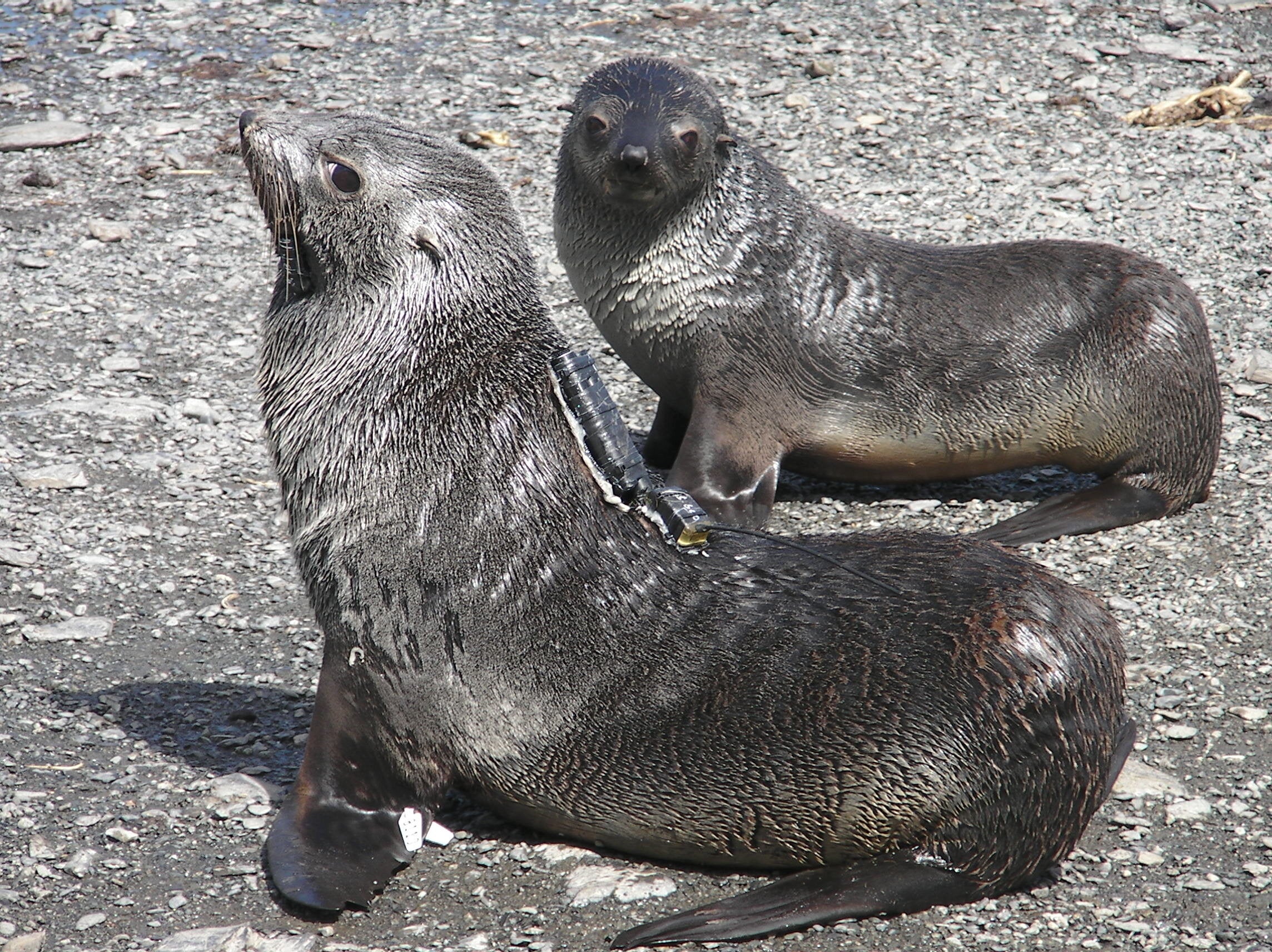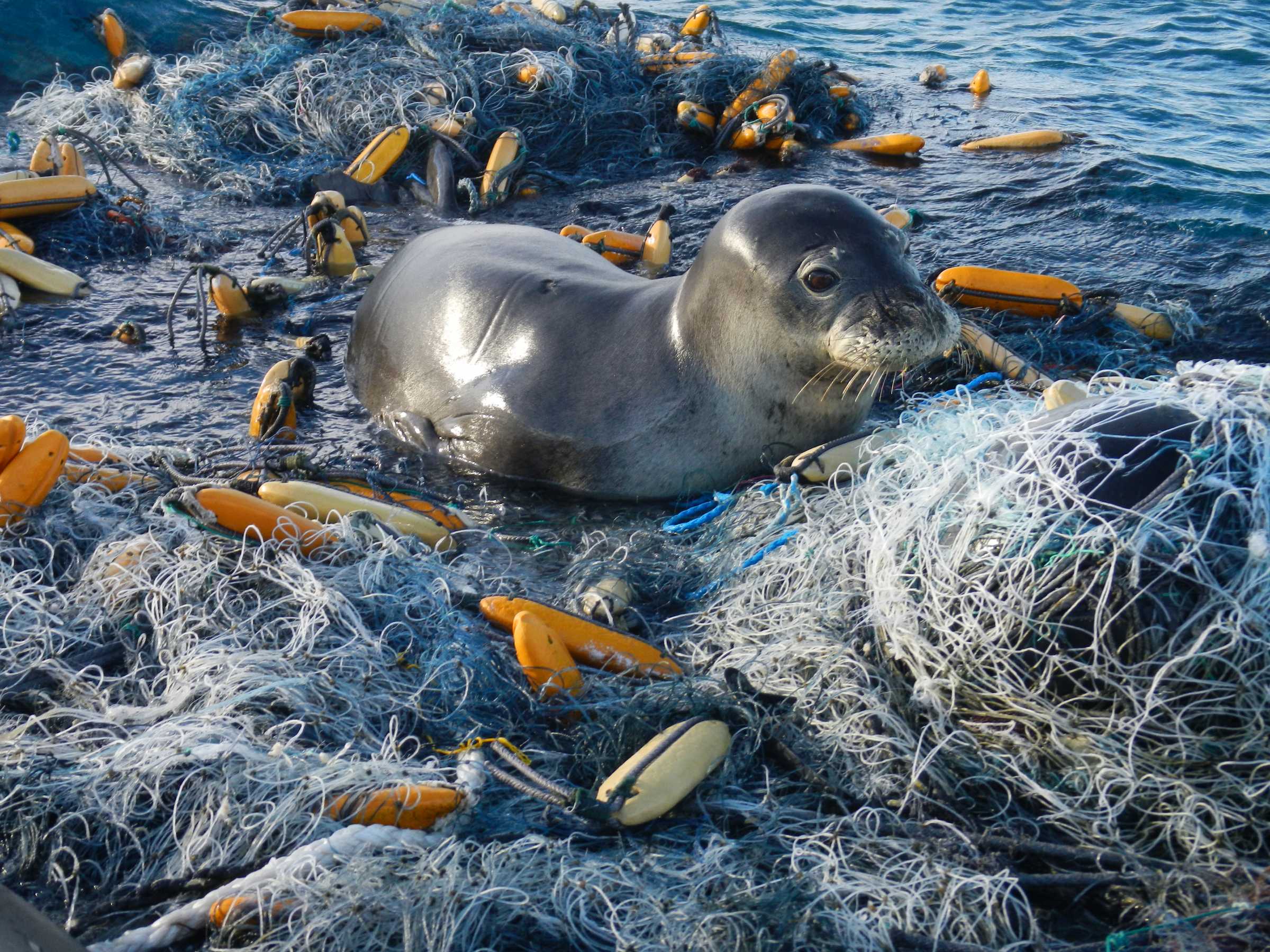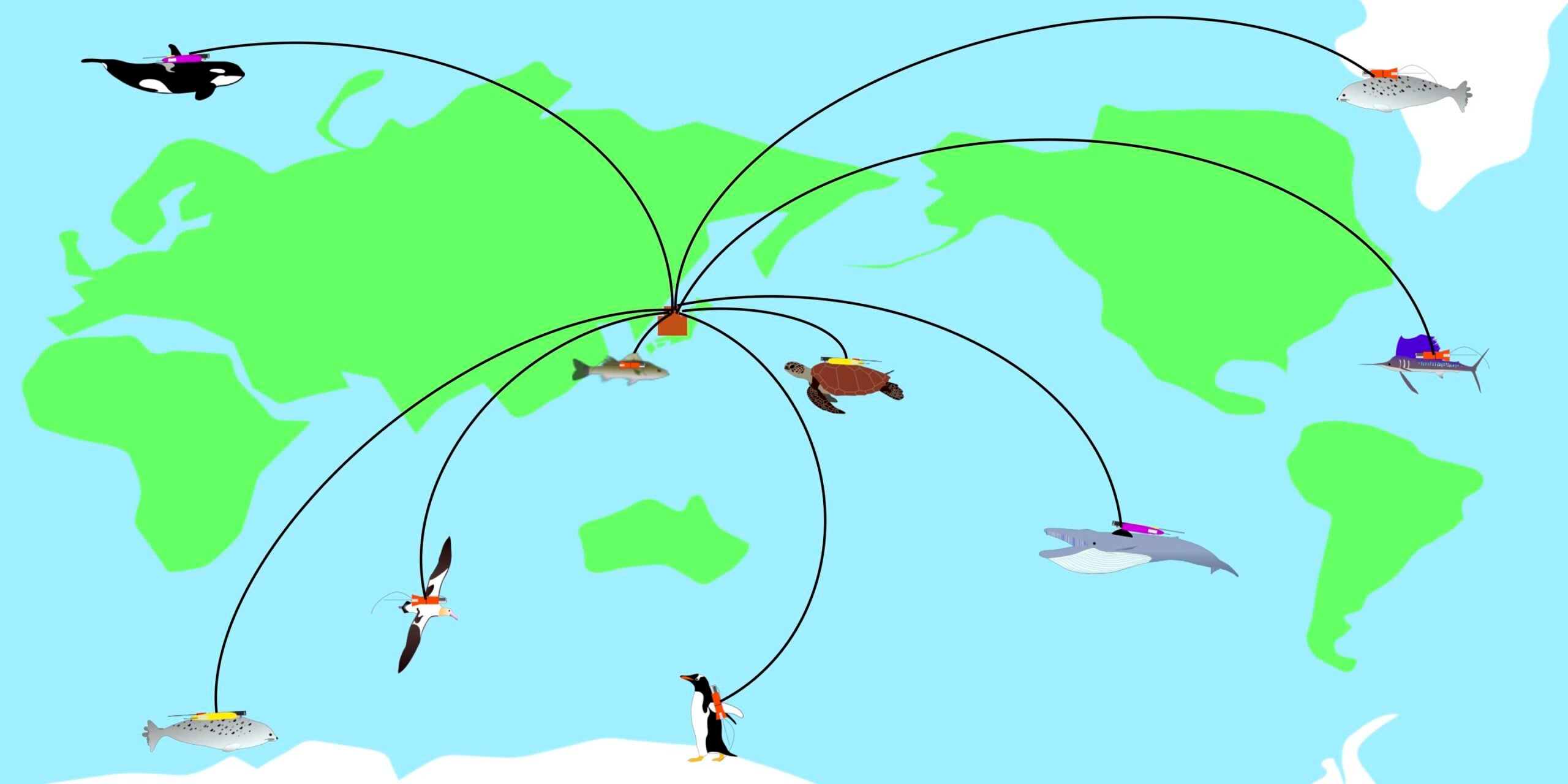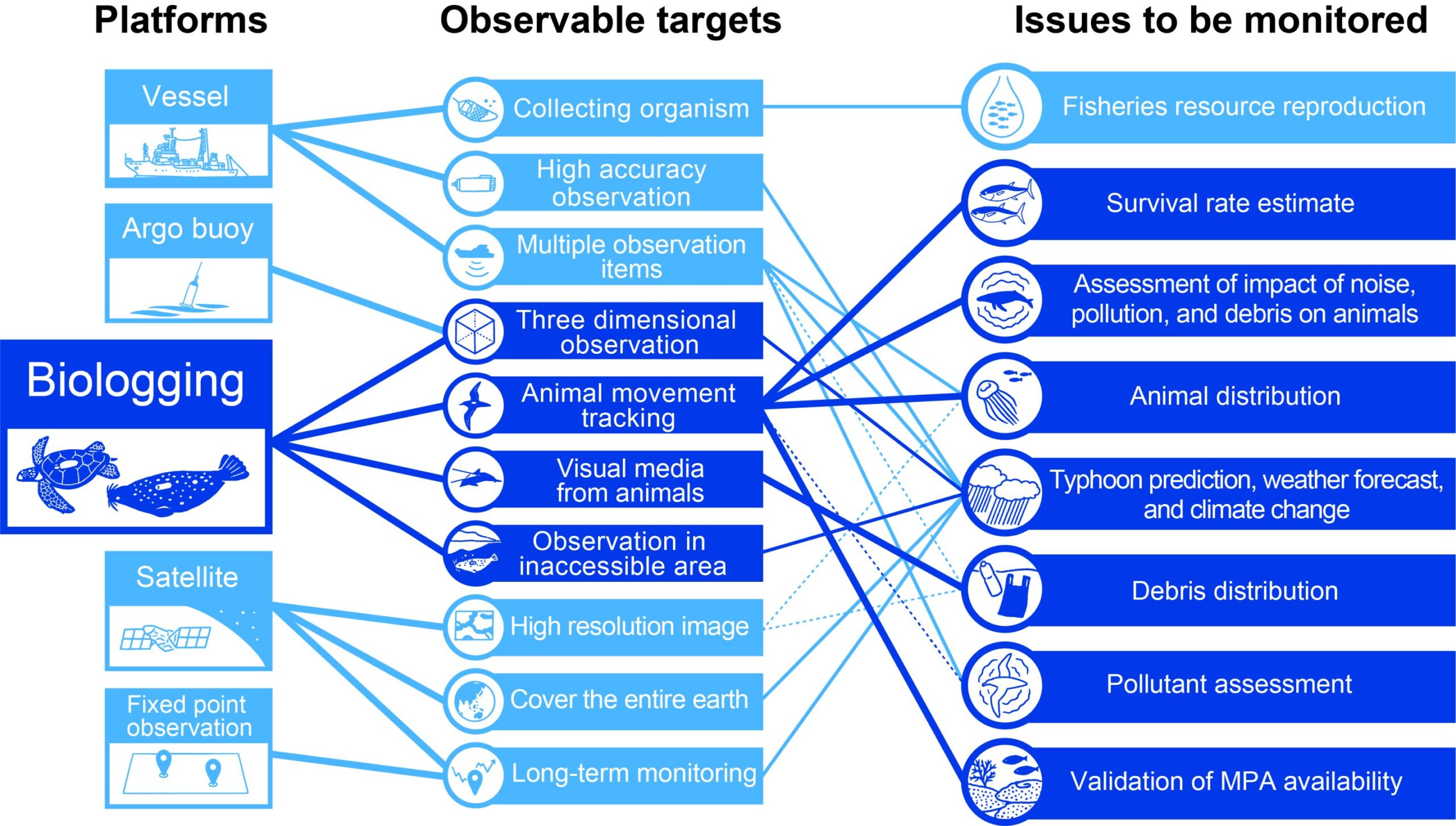For centuries, humans have struggled to study the vast, deep, and often inaccessible regions of the ocean. Traditional research vessels and satellites provide valuable data, but they have limitations.
Vessels are expensive, limited in range, and affected by fuel costs. Satellites, while excellent for tracking surface temperatures and large-scale patterns, cannot easily capture detailed underwater conditions. To bridge these gaps, scientists have turned to an unlikely ally—marine animals.
Biologging, the practice of attaching small sensors to animals, has revolutionized marine research. These animal-borne devices record valuable data such as water temperature, salinity, dive depth, movement patterns, and even environmental noise levels. The method offers a three-dimensional view of the ocean, reaching places that human-made tools struggle to access, like under sea ice or deep underwater during storms.
This approach is gaining momentum. Dr. Iwata Takashi, an animal ecologist from Kobe University, emphasizes the growing importance of biologging: “There is a wealth of oceanographic data from research vessels, drifting buoys, and satellites. But due to technological and economic constraints, there are many observation gaps and some areas are inaccessible to humans, such as under sea ice or during harsh weather.”

By following animals as they move naturally through their habitats, researchers gain unprecedented insights into ocean conditions. Unlike fixed monitoring stations, biologging allows scientists to see environmental changes from the perspective of the very creatures that depend on these waters for survival.
Sensors used in biologging are compact, lightweight, and designed to minimize disruption to the animals carrying them. To ensure their safety, the devices typically weigh less than 3% of the animal’s body weight, and for larger species, the limit is often reduced to 1%. Advances in miniaturization continue to improve the effectiveness and comfort of these sensors.
Related Stories
These devices measure a wide range of parameters, including:
This data has led to significant discoveries. For example, biologging has helped track how different turtle species react to plastic pollution, improved typhoon forecasting, and exposed illegal fishing activities. It has also helped scientists design offshore wind farms that are less disruptive to bird migration patterns.

Drifting buoys and autonomous underwater vehicles can also collect environmental data, but they lack the flexibility of biologging. Unlike these mechanical tools, animals naturally navigate their environments, bringing researchers data from hard-to-reach areas. This advantage is crucial for studying the impact of climate change on marine ecosystems.
Despite its advantages, biologging alone is not enough to fully understand the complexities of the ocean. The data from animal-borne sensors must be integrated with existing oceanographic data from satellites, research vessels, and other remote sensing tools. Dr. Iwata and his colleagues stress that collaboration is key to maximizing biologging’s potential.
“The full potential of biologging can only be realized through increased global collaboration and data sharing, enabling the integration of data across species, regions, and environmental contexts,” Iwata and his coauthor write in their research.

One of the biggest challenges in biologging is standardizing data collection. Different research groups use different sensors and recording formats, making it difficult to combine data across studies. To solve this, scientists are working toward an “Internet of Animals,” a global network where biologging data is shared using common standards.
If successful, this network could revolutionize conservation efforts. By pooling data from different species and locations, researchers could track environmental changes more accurately and predict future shifts in ecosystems. For example, understanding how marine life reacts to rising ocean temperatures could help shape policies to protect fisheries and coastal communities.
Biologging is already proving invaluable in conservation efforts. The method has been used to monitor the impact of human activities such as overfishing, pollution, and noise from boats and underwater construction. As technology improves, these devices will become even smaller, more efficient, and capable of collecting larger datasets.

Dr. Iwata is optimistic about the future of biologging. He believes that by promoting data sharing, more researchers will join the field, unlocking new ways to apply biologging in real-world conservation. “Researchers are not experts in social implementation,” he notes, “but in recent years, I have seen various issues being solved by sharing data in a data-driven society. It was an enjoyable task to think of ways to return the power of data to society.”
The potential impact is enormous. A fully connected “Internet of Animals” could provide real-time updates on ocean conditions, helping scientists respond quickly to environmental threats. Governments and conservation groups could use this data to create policies that protect marine ecosystems.
Biologging is more than a research tool—it is a window into the hidden world of the ocean, seen through the eyes of the creatures that call it home. By harnessing the power of technology and global collaboration, scientists are giving these animals a voice, one that may help secure a healthier planet for future generations.
Note: Materials provided above by The Brighter Side of News. Content may be edited for style and length.
Like these kind of feel good stories? Get The Brighter Side of News’ newsletter.
The post Marine animals are helping scientists solve ocean problems appeared first on The Brighter Side of News.